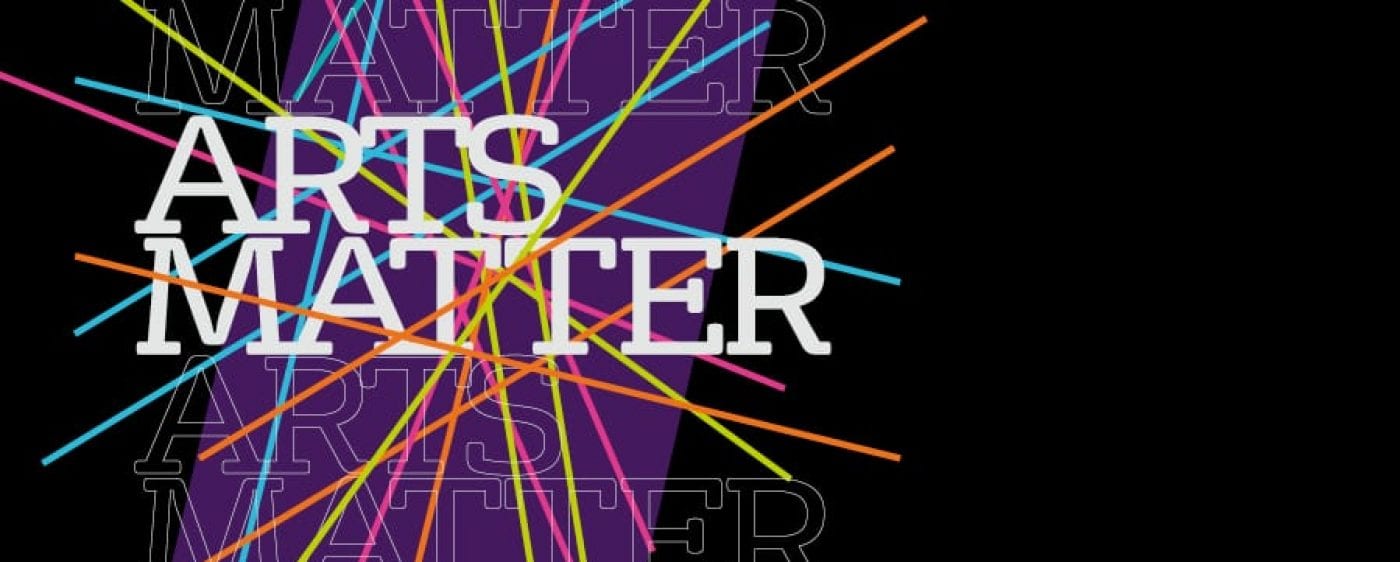By Dr Steve De Hailes, Lecturer in English, School of Humanities
Dr Steve De Hailes tells us about a collaborative project which seeks to raise awareness of our historical relationship to mountains. In doing so, the project challenges widespread perceptions about mountains as unchangeable and relatively untouched environments, highlighting the importance of preservation and protection in these regions. The project received an AHRC Impact Acceleration Account award and ran with the support of Cadw.
This August, in collaboration with a qualified Mountain Leader (Stuart Brown) and with funding from the Arts and Humanities Research Council, I organised a series of guided mountain walks that allowed me to share aspects of my work with a wider audience. Over a long weekend, Stuart and I ran three walks in the Black Mountains (Monmouthshire), advertised publicly and open to experienced and inexperienced walkers alike. Our focal point was the medieval ruin of Llanthony Priory in the Vale of Ewyas and our goal for this project was twofold: to offer the public an opportunity to experience medieval history and literature through landscape, and to consider the value of a collaboration between academics in the humanities and professionals within the mountain leisure and tourism industry.

There is something about a mountain landscape that elicits a reaction from us. For some, this is expressed through a desire to climb, to explore, to see first-hand, to engage with mountains in a physical way. For others, that desire is expressed through art, emotion, a sense that mountains can tell us something about the human experience. Academia and popular culture both tend to argue that an interest in mountains is a modern phenomenon. In the past, people saw mountains as places to be feared and avoided and so very little attention has been paid to their role in English literature prior to the eighteenth and nineteeth centuries, when romantic poets like Shelley, Byron and Wordsworth began to show an increased interest in these landscapes.

For my own part, as a medieval scholar interested in landscape and literature, I am keen to dispel this myth and to show that past attitudes toward mountain landscapes can be just as nuanced and complex as our own, even when those attitudes differ significantly from ours. My research centres on the place of mountains in the medieval English imagination, with a particular focus on the blurred boundary between literal and figurative expressions of mountain landscapes. Medieval authors often developed their understanding of mountains from biblical tradition, where they serve a largely metaphorical role as spaces that allow for a closer connection to God, but mountains were also integral to medieval society, just as they are today: they are defensible locations, geopolitical borders, important sites of agriculture and commerce, settings linked to travel, and resource-rich landscapes. In short, mountains are complicated spaces, and the aim of my research is to demonstrate that medieval authors and audiences were aware of this complexity.

For each of the guided walks, we travelled from Bristol to Llanthony priory by minibus. Using the priory as our base camp, we climbed to a height of 600m, walking part of the ridgeline that marks the border between Wales and England on the valley’s eastern side. The walk was only 4 miles in total, but the climb up the steep valley slope was a challenge in itself. Stuart and I planned for regular breaks on the ascent, and it was during these pauses that I was able to engage each group in discussion about the history of the valley and about broader medieval perceptions of mountain landscapes.
The project was received very well. Each group responded enthusiastically, describing the walk as enjoyable, enlightening, and even rejuvenating. It also offered attendees the chance to experience something new. Many who chose to join us had never climbed a mountain before, or had very little experience doing so, and the notion of thinking about mountains from a medieval perspective was new to all. As one attendee kindly noted, ‘Sitting at the top of the hill and thinking about the people who lived here many centuries ago was very powerful’.

Truthfully, I could not have run the event without Stuart. In addition to keeping us safe on the mountain, he enhanced the experience for all, sharing knowledge on topics ranging from mountain navigation to highland plants and animals. The project has encouraged me to believe that collaborations of this nature are worth pursuing further. Indeed, our biggest disappointment is that we couldn’t accommodate everyone who expressed interest in joining us.
Landscape is a valuable tool for encouraging discussion about our relationship to the past, just as the past helps us to rethink our engagement with the natural world. Through such collaborations, we can come to a better understanding of medieval perceptions of mountainous terrain, and we can use this knowledge to increase public appreciation and respect for these landscapes.
Dr Steve De Hailes is a Lecturer in the Department of English in the School of Humanities with research interests in medieval mountains, environments and the supernatural. To find out more about Steve’s research and The Medieval Mountain project, please contact s.dehailes@bristol.ac.uk.




















